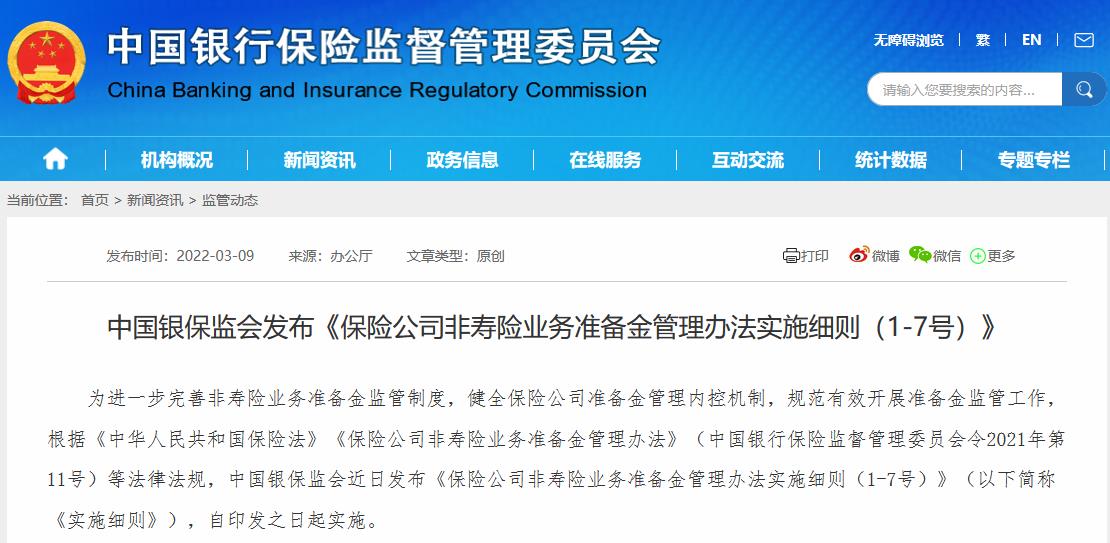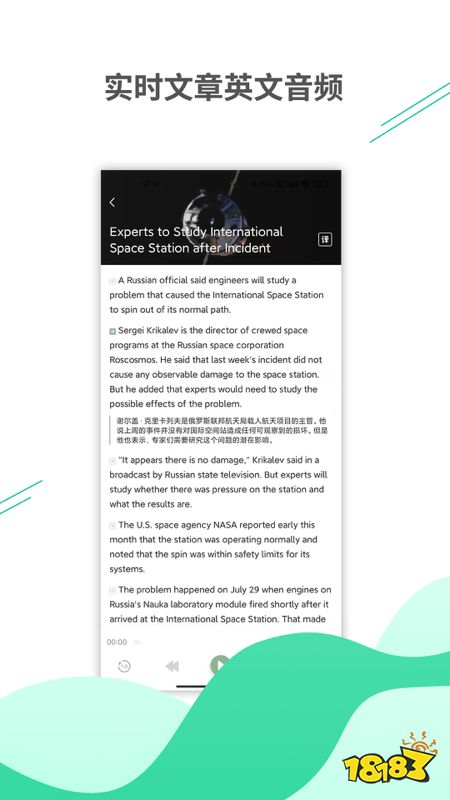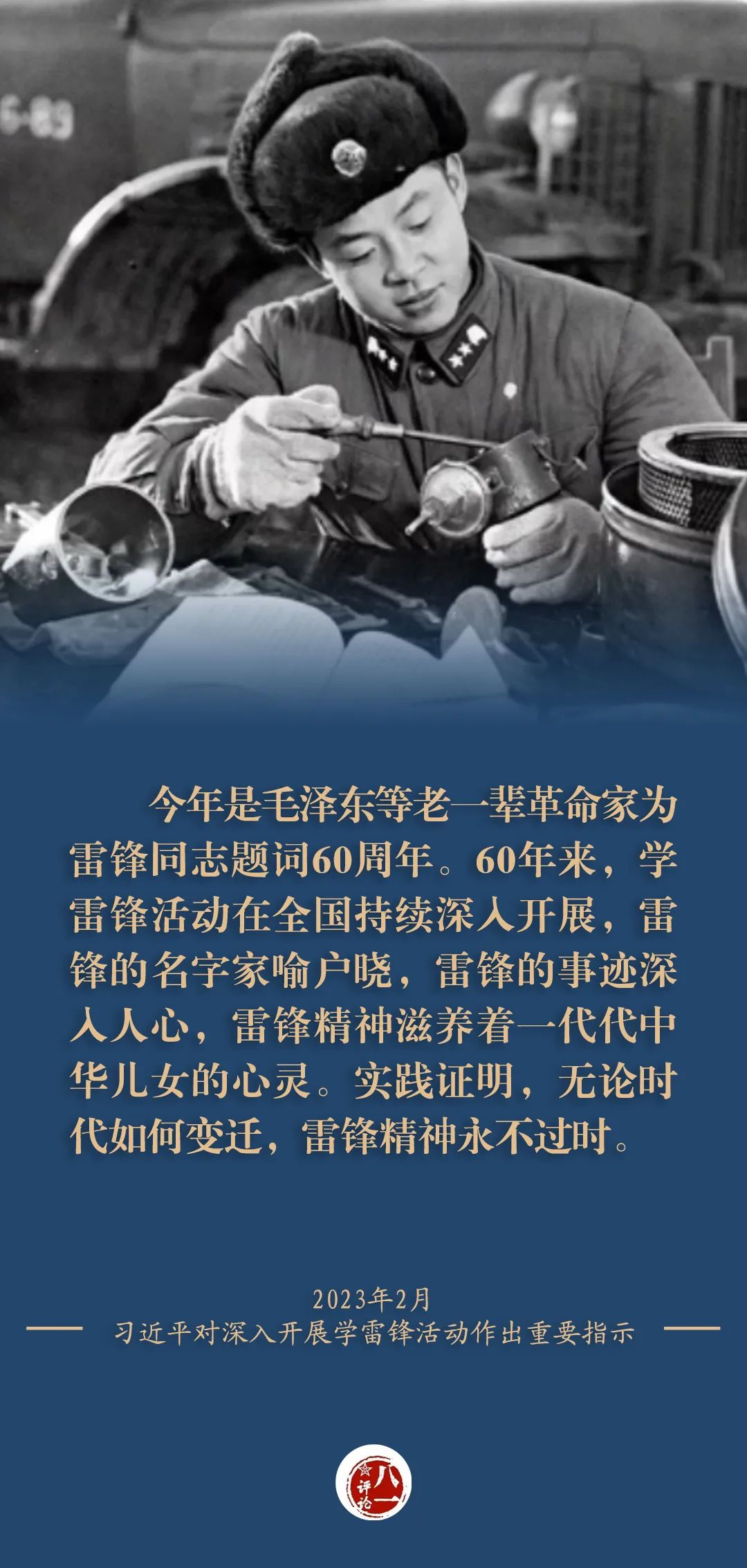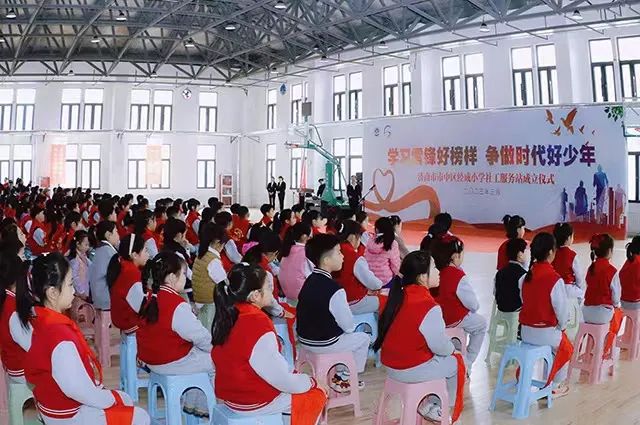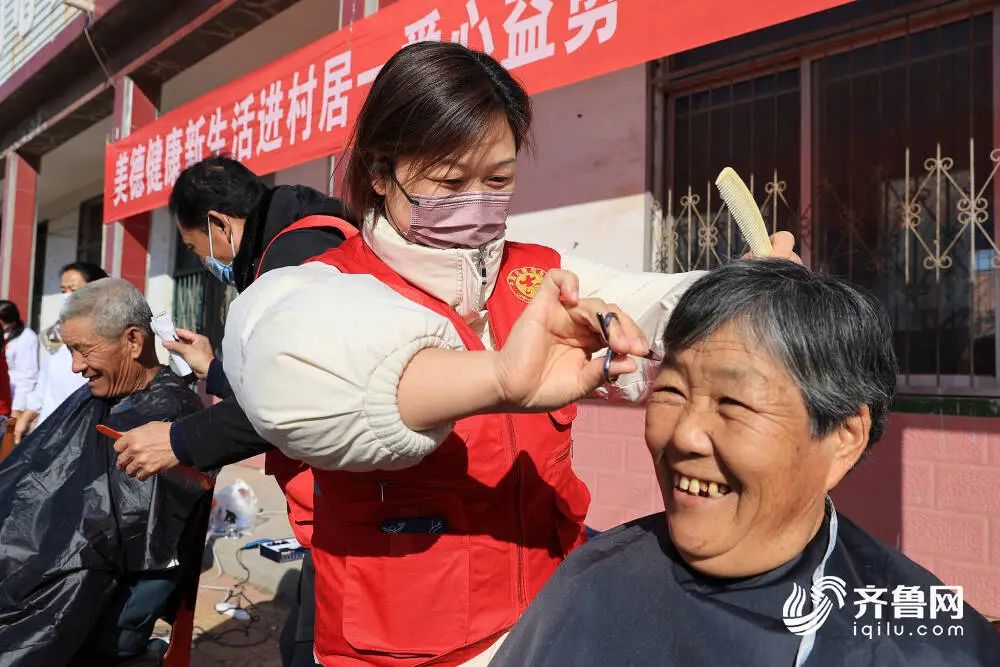Report major violations in the field of market supervision, with a reward ceiling of 1 million!
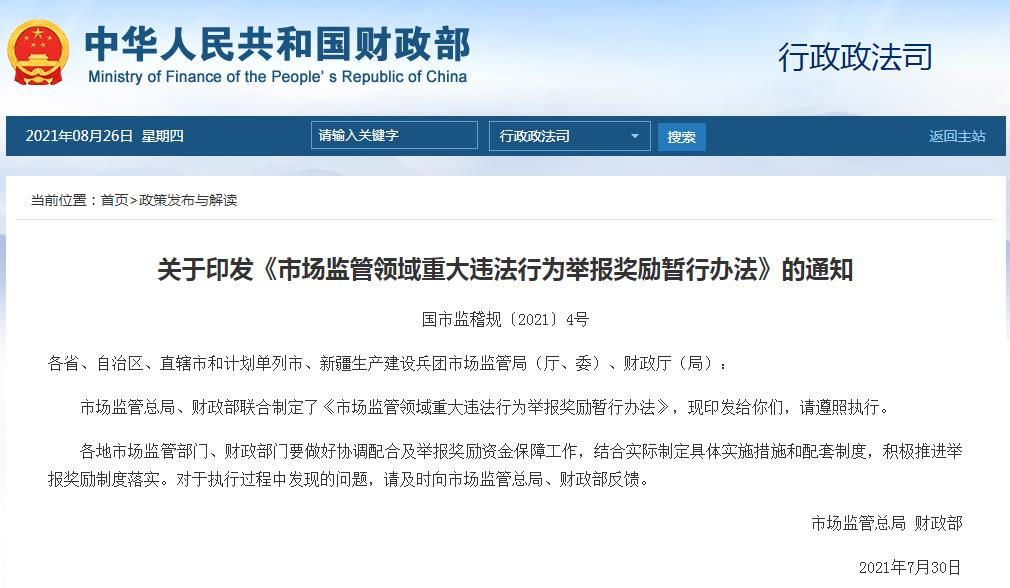
Cctv newsAccording to the website of the Ministry of Finance, the General Administration of Market Supervision and the Ministry of Finance jointly formulated the Interim Measures for Reporting Rewards for Major Violations in the Field of Market Supervision, requiring local market supervision departments and financial departments to do a good job in coordination and cooperation, guarantee the funds for reporting rewards, formulate specific implementation measures and supporting systems in light of the actual situation, and actively promote the implementation of the reporting reward system. For the problems found in the implementation process, please give timely feedback to the General Administration of Market Supervision and the Ministry of Finance.
Interim Measures for Rewarding Reports of Major Violations in the Field of Market Supervision
Chapter I General Principles
Article 1 In order to encourage the public to actively report major illegal acts in the field of market supervision and promote social co-governance, these Measures are formulated in accordance with relevant laws and regulations in the field of market supervision and relevant state regulations.
Article 2 The market supervision and management departments at all levels shall accept the major illegal acts reported by the public (hereinafter referred to as informants, which shall be natural persons) within their scope of duties, and give corresponding rewards after verification and closing the case. These Measures shall apply.
The term "major illegal act" as mentioned in these Measures refers to an illegal act suspected of committing a crime or being ordered to stop production or business, ordered to close down, revoked (revoked) the license, and fined a large amount. Local laws and regulations or local government rules have specific provisions on major illegal acts, which can be followed. A large amount of fines and confiscations shall be determined by the market supervision and management department at or above the provincial level in consultation with the financial department of the government at the corresponding level.
Article 3 If the following major illegal acts are reported and verified, the case will be closed, and corresponding rewards will be given:
(a) major violations of laws and regulations related to the quality and safety of food, drugs, special equipment and industrial products;
(2) Major illegal acts with regional and systemic risks;
(3) Major illegal acts that have great social impact in the field of market supervision and seriously endanger people’s personal and property safety;
(four) the illegal act of transferring a suspected crime to a judicial organ for criminal responsibility.
If it is determined by the market supervision and management department according to law that it is necessary to give rewards for reporting, it shall be implemented in accordance with the provisions of these measures.
Article 4 Informants can report major illegal acts in the field of market supervision to the market supervision departments at all levels through the Internet, telephone, fax, mailing address, window and other channels announced by the market supervision departments to receive complaints and reports.
Article 5 Informants may report with their real names or anonymously. Real-name reporting shall provide true identity certificate and effective contact information. If an anonymous whistleblower has a claim for reporting reward, he shall promise that it does not fall into the circumstances specified in Article 10, provide information that can identify his reporting identity as an identity code, and make an agreement with the market supervision and management department on the reporting password, reporting processing results and notification methods of reward rights.
If an anonymous whistleblower receives the notification of receiving the reward and decides to receive the reward, he shall take the initiative to provide information such as identity code and reporting password, so as to facilitate the market supervision and management department to verify his identity.
Provincial market supervision and management departments can formulate special procedures for the issuance of anonymous tip-offs in light of actual conditions.
Sixth market supervision and management departments at all levels shall establish and improve the reward management system. Do a good job in the calculation, verification and distribution of reward funds for reporting.
Seventh reward funds in accordance with the relevant provisions of the state by the people’s governments at all levels into the budget management, and accept the supervision of the financial and auditing departments.
Chapter II Reward Conditions
Article 8 A reward for reporting shall meet the following conditions at the same time:
(1) Having a clear target to be reported, specific illegal facts or clues to illegal crimes, and providing key evidence;
(two) the contents of the report have not been mastered by the market supervision and management department in advance;
(three) the contents of the report were investigated and closed by the market supervision and management department and were given administrative punishment, or transferred to judicial organs for criminal responsibility according to law.
Article 9 The implementation of reward for reporting shall follow the following principles:
(a) the same case is reported by two or more informants with the same clue, and the first informant is rewarded;
(two) if two or more informants jointly report the same case, the reward will be distributed according to the same case;
(three) informants report the same matter, do not repeat the reward; If the same case is reported by two or more informants respectively, the total reward amount shall not exceed the highest standard in the corresponding reward level stipulated in Article 12;
(four) if the illegal facts finally determined are completely inconsistent with the reported matters, no reward will be given; If the illegal facts finally identified are partially consistent with the reported matters, only the reward amount of the consistent part will be calculated; In addition to reporting matters, other illegal facts are identified, and other illegal facts are not calculated;
(5) If the cross-regional report accepted by the market supervision and management department at a higher level is finally investigated and handled by two or more market supervision and management departments respectively, the market supervision and management department responsible for the investigation and handling shall reward the verified part of the report within its administrative area respectively.
Tenth any of the following circumstances, no reward:
(a) the report of the staff of the market supervision and management department or the personnel with legal supervision and reporting obligations;
(two) the report of the infringed party and its entrusted agent or interested party;
(three) the implementation of illegal reporting (except internal informants);
(4) There is any evidence to prove that the reporter has received any form of remuneration or reward from other market entities for reporting;
(five) other awards that do not meet the provisions of laws and regulations.
Chapter III Award Criteria
Eleventh reward is divided into three levels:
(a) a reward. The rating standard is to provide detailed illegal facts and direct evidence of the reported party, and the contents of the report are completely consistent with the illegal facts, and the reported items are verified to be particularly serious illegal acts or suspected crimes;
(2) Two-level reward for reporting. The rating standard is to provide the illegal facts and direct evidence of the reported party, and the contents of the report are completely consistent with the illegal facts;
(3) Three-level reward for reporting. The rating standard is to provide the basic illegal facts and relevant evidence of the reported party, and the contents of the report are basically consistent with the illegal facts.
Article 12 For cases with fines and confiscations, the market supervision and management department shall calculate the reward amount according to the following standards, and comprehensively consider the value of the goods involved, the degree of social influence and other factors to determine the final reward amount:
(a) belongs to the level of reward, reward by 5% of the fines. If the calculation is less than 5,000 yuan, a reward of 5,000 yuan will be given;
(two) belong to the two reward, reward according to 3% of the fines. If the calculation is less than 3,000 yuan, a reward of 3,000 yuan will be given;
(three) belong to the three reward, reward according to 1% of the fines. According to this calculation, if 1000 yuan is not enough, 1000 yuan will be awarded.
In cases with no fines, the reward amount from the first-level reporting reward to the third-level reporting reward shall be not less than 5,000 yuan, 3,000 yuan and 1000 yuan respectively.
If the insider of the illegal subject reports, the reward standard stipulated in the preceding paragraph shall be appropriately raised with the consent of the financial department of the government at the same level.
Article 13 The maximum amount of reward for reporting each case is 1 million yuan, and the amount of reward determined according to Article 12 of these Measures shall not exceed this upper limit. If the amount of a single reward reaches more than 500,000 yuan (including 500,000 yuan), it shall be determined by the market supervision and management department that issues the reward funds for reporting in consultation with the financial department of the government at the same level.
Article 14 Where the market supervision and management department has imposed administrative punishment or has not imposed administrative punishment and transferred it to judicial organs for criminal responsibility, it shall be rewarded according to the provisions of Article 12 of these Measures according to different circumstances.
Chapter IV Reward Procedures
Article 15 The market supervision and management department responsible for the investigation and handling of the report and making the final decision shall inform the informant within 15 working days after the report is closed or transferred for criminal responsibility. The reward for reporting is applied by the informant to start the reward procedure.
Article 16 The reporting reward implementation department shall identify the reporting reward level and reward standard, determine the reward amount, and inform the whistleblower of the reward decision.
Seventeenth payment of incentive funds, in accordance with the relevant provisions of the centralized treasury payment system.
Eighteenth informants should be informed of the award decision within 30 working days from the date, by my valid identity certificate to receive the award. If it is entrusted to others, the trustee must hold the power of attorney of the informant and the valid identity certificates of the informant and the trustee.
Under special circumstances, the time limit for receiving reward for reporting may be appropriately extended, and the maximum time shall not exceed 10 working days. Informants who fail to receive bonuses within the time limit without justifiable reasons shall be deemed to have voluntarily given up.
Nineteenth informants have objections to the amount of reward, you can inform the reward decision within 10 working days from the date of filing an application for review to the market supervision and management department that implemented the reward report.
Chapter V Supervision and Administration
Twentieth market supervision and management departments should strengthen the management of the declaration and distribution of incentive funds, establish and improve the responsibility system for reporting rewards, and strictly enforce financial discipline. Set up report files and do a good job in summary statistics.
Twenty-first market supervision and management departments shall protect the lawful rights and interests of informants in accordance with the law, strictly keep secrets for informants, and shall not disclose relevant information of informants.
Twenty-second market supervision and management department staff in the implementation of the reward process, any of the following circumstances, depending on the seriousness of administrative sanctions; Suspected of committing a crime, criminal responsibility shall be investigated according to law:
(a) forging or abetting, colluding with others to forge reporting materials, and taking the initiative to report reward funds;
(2) disclosing the information of the informant;
(3) Informing the reported person to help him escape investigation;
(four) other acts that should bear legal responsibility according to law.
Article 23 If an informer forges materials or conceals facts and obtains a reward for reporting, or if it is verified by the market supervision and management department that it does not meet the reward conditions, the market supervision and management department has the right to recover the reward bonus. Informants deliberately fabricate facts to falsely accuse others, or resort to deceit to defraud reward funds, and bear corresponding responsibilities according to law; Anyone suspected of committing a crime shall be investigated for criminal responsibility according to law.
Chapter VI Supplementary Provisions
Twenty-fourth the State Council drug supervision and management departments and provincial drug supervision and management departments to implement reward, the application of this approach.
Article 25 The market supervision and administration departments of all provinces, autonomous regions, municipalities directly under the Central Government, cities with separate plans and Xinjiang Production and Construction Corps may, jointly with the financial department of the government at the corresponding level, formulate detailed rules for the implementation of their respective administrative regions in accordance with these Measures and report them to the State Administration of Market Supervision and the Ministry of Finance for the record.
Article 26 These Measures shall be interpreted by the State Administration of Market Supervision in conjunction with the Ministry of Finance.
Twenty-seventh these Measures shall come into force as of December 1, 2021. The Notice of the General Administration of Quality Supervision, Inspection and Quarantine of the State Administration for Industry and Commerce of the Ministry of Finance on Printing and Distributing the Measures for Rewarding Meritorious Persons for Reporting Illegal and Criminal Activities of Making and Selling Fake and Inferior Products (Caihang [2001] No.175) and the Notice of the Ministry of Finance of the Food and Drug Administration on Printing and Distributing the Measures for Reporting Incentives for Food and Drug Violations (Food and Drug Administration [2017] No.67) shall be abolished at the same time.
